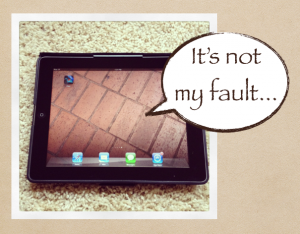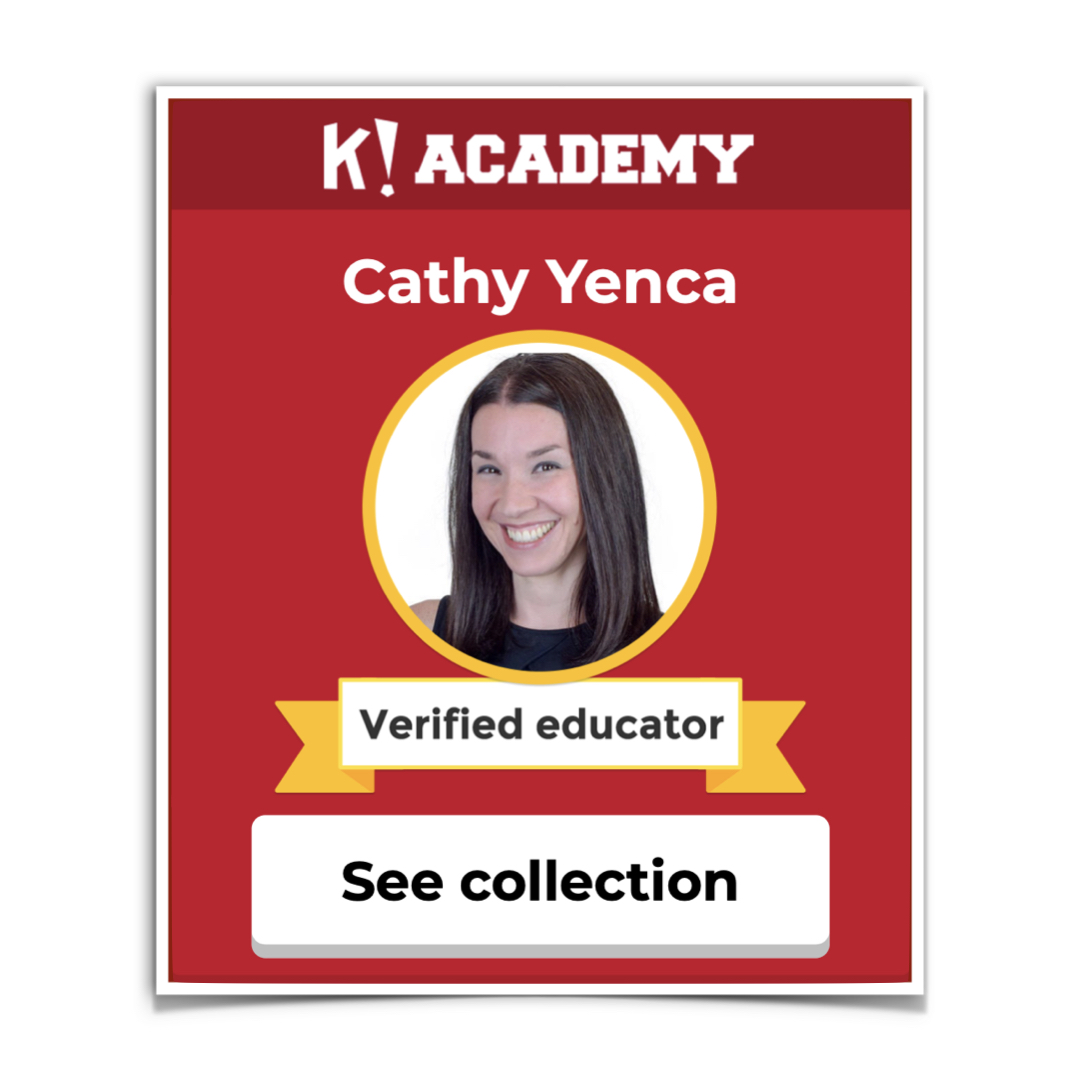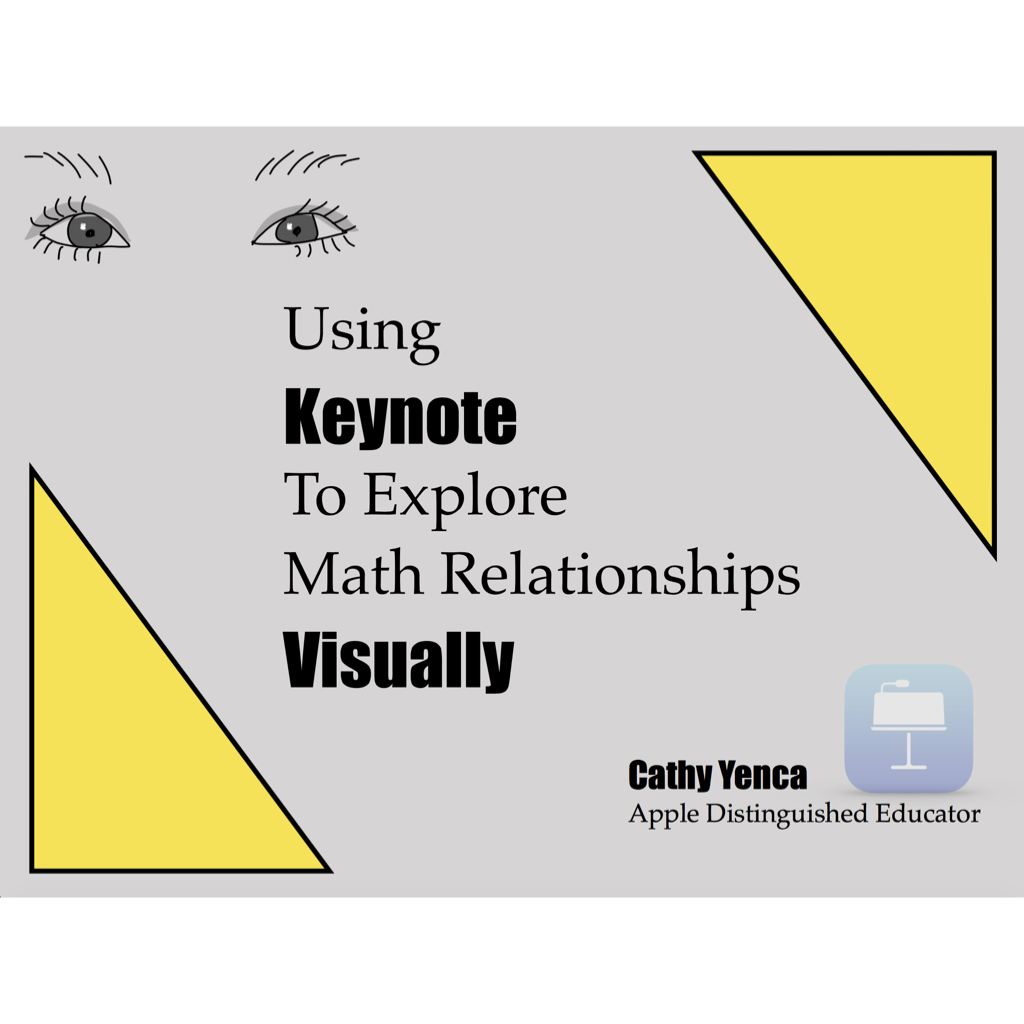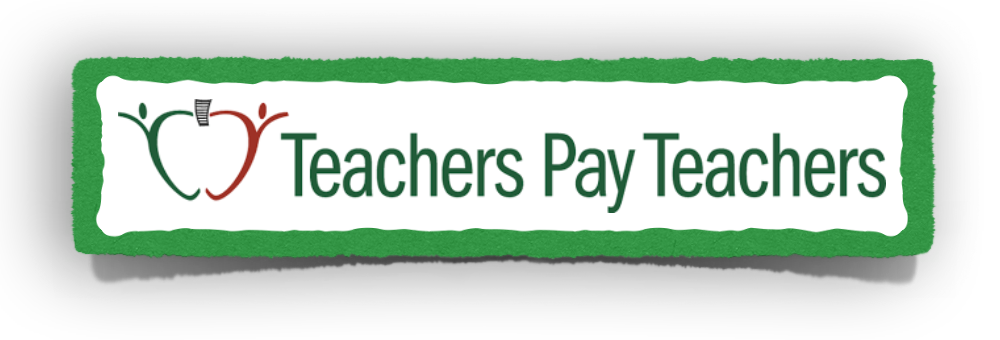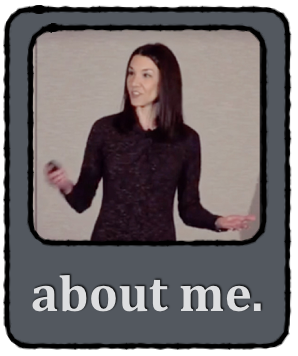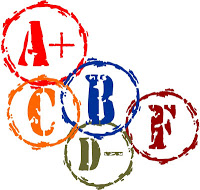 Thanks to @MrVaudrey and his blog post here, I was able to execute a Google Form today with my students, presenting the opportunity to “grade” me using a “teacher report card”. My students’ eyes grew wide at the notion that they were being asked to give feedback about me and my teaching this year. Some couldn’t hold back saying “YES!” at the thought of the little role-reversal. Though I was nervous, I’m glad I did it.
Thanks to @MrVaudrey and his blog post here, I was able to execute a Google Form today with my students, presenting the opportunity to “grade” me using a “teacher report card”. My students’ eyes grew wide at the notion that they were being asked to give feedback about me and my teaching this year. Some couldn’t hold back saying “YES!” at the thought of the little role-reversal. Though I was nervous, I’m glad I did it.
Some observations and direct student quotes:
Students liked the classroom environment.
You are very happy and you lighten up the environment.
I like how energetic it is, because since it is pretty early we need things to perk us up.
It isn’t very boring like most math classes.
She tries to have fun in the class.
The size and comfortability.
It has a stable learning environment.
How we have the freedom to share our opinions about topics as a group.
How we all get along really well. We work well together. Popularity doesn’t exist in the class.
I love how she comes up with her own easier methods on how to solve problems. She “yencafies” them.
How much fun it is to come to class and know that I’m going to have fun today and looking forward to it.
This class was AWSOME! I loved how exciting it was and I even came out of my shell!
The material was easy to learn with an enthusiastic teacher that loves math!
Students appreciated using iPads.
How much technology is a part of our lessons. It’s almost like we are taking two classes in one. None of my other teachers do a lot with technology but mrs Yenca does and we enjoy it.
How much we use the iPad.
I like the people that are in my class and I really like everything we do on our iPads.
we use our ipads almost everyday
I love your way of teaching! I also love using the iPad for instant feedback on different things! I enjoyed using the fuse app and the socrative app as well.
We use the iPads for math.
We do a lot of activities on iPads.
We can use iPads.
I like the fact that Mrs. Yenca is always willing to try out new things, especially since we have the iPads. It’s such a refresher to not have a boring math teacher.
Students enjoyed working together on tasks, and many students wanted to do so even more…
That we got to check over our HW with a group.
I like best that we can work together sometimes to see if we got the same answer
Group projects
The group work.
More group working time.
By letting us do more partner work
…yet others expressed concerns about the inevitable noisy environment during group tasks.
I think there was way to much talking and I got out of hand some times.
Have the class be less loud
Less distractions
More control over students volume during collaborative activities.
You can’t please everybody.
Have more free time. We have never had a day off I’m pretty sure.
It went at a too slow pace for me, spent too much time reviewing.
Maybe go a little faster on some topics. I found myself listening to the same ideas over and over at times
Do work slower.
Go a little slower.
more decorations and stuff on the walls so we can feel a little more excited in this room
I don’t think that my class period has anything wrong with it, but I do like the interior decorating and encourage to keep it up.
What can my students next year expect?
That the class is really fun and you will learn a lot. It will definitely help you prepare for high school.
You will almost never get bored. She makes sure you understand the lesson before moving forward.
If you ever need help you can always go to her.
She never stops smiling
She teaches really well and explains e.v.e.r.y.t.h.i.n.g.
She’s silly and she works us hard, but it pays off.
try your best and you will enjoy it. but if you dont try dont expect her to do the work for you
I would tell them that they will have to do their homework and study in order to get a good grade in the class.
She is a great teacher and really wants to teach you the material
People says shes cool but gives a lot of homework
She is an amazing teacher and she takes grades very seriously.
Awesome! She is great, make sure you do all of your homework and turn it in on time.
That even though you could write random numbers on the homework s that you can get a hundred for “completing” the assignment, I still encourage you to ACTUALLY do it, because the tests are a lot harder if you don’t pay attention and learn from your mistakes.
She is a great teacher so just try to have fun. You should pay attention in class because if she thinks your not paying attention she will call on you.
Be ready for no break and a teacher who talks in a perky mood
Icing on the Cake:
Thank you for an amazing year and thank you for really caring about me towards the end I couldn’t ask for better. I really hope I have another math teacher that is so great at their job and cares as much as you do next year.
thank you soo much for everything you have taught us and by that I don’t only mean math!!!!
In the last years I have HATED math. And I mean hated it. I thought I was stupid and I would come home crying because I didn’t know how to do the work. My teachers could never teach me the right way and I would be so confused. Getting high C’s and low B’s on tests, which was not okay for me because I sorta kinda, okay I have major OCD. And perfection issues. So anyways, I have never been used to getting some of the highest grades in the class on tests and excelling in math, until this year. I think I just understood things more than my classmates. It’s been such a life changing experience having you as a teacher because I’m not afraid of math anymore. And I know I’m not bad at it, I’m actually pretty good! Thank you so much.
Here is the spreadsheet in all of its unedited glory if you’d like to check out my report card in its entirety – I only omitted student login information to protect student identities. Also, I wasn’t able to complete this task with every class, but I got most students today. I encourage you to give the “teacher report card” a whirl – some comments will hit you where it hurts, but others will refresh and inspire you! (See Mr. Vaudrey’s blog for a sample form to save on Google Drive to edit for yourself here.)
Teacher Report Card Anonymous 2012-2013






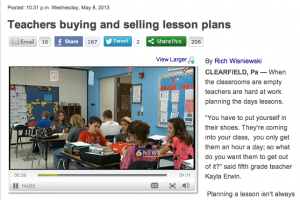
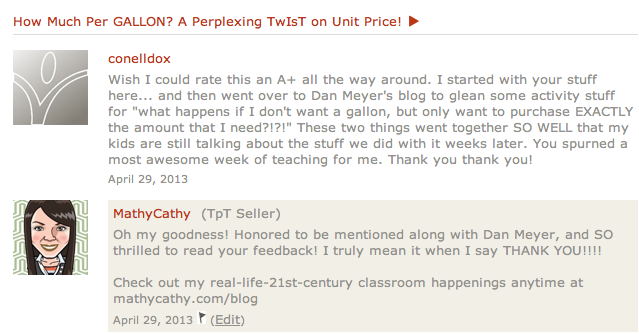
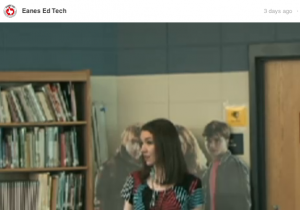
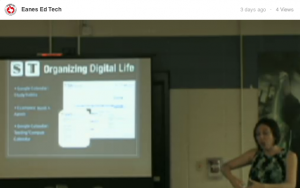
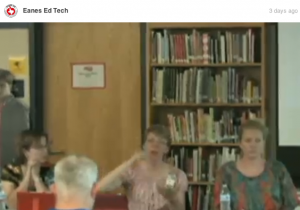
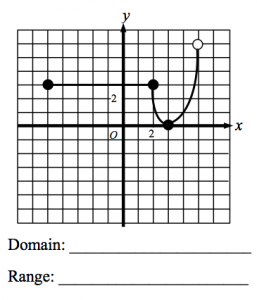
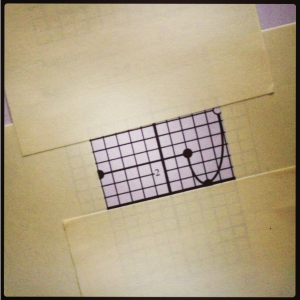
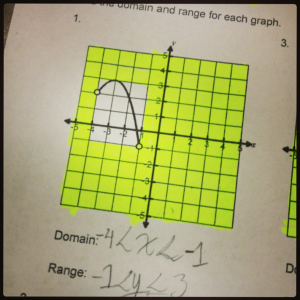
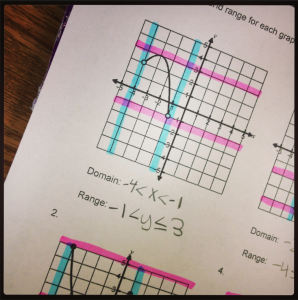
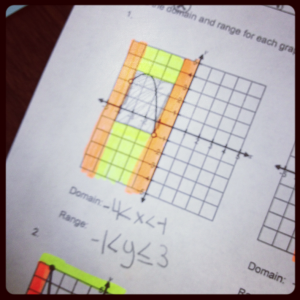

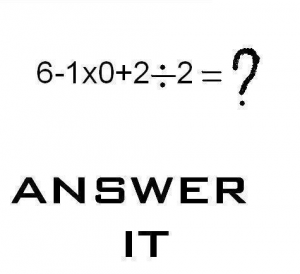

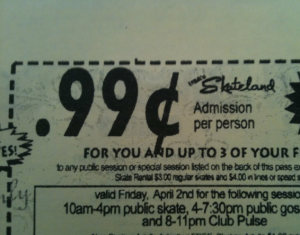
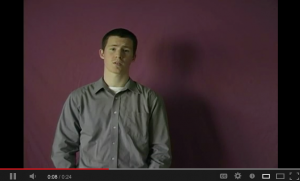
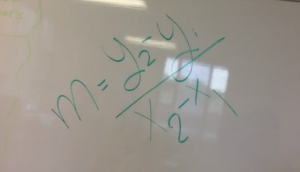
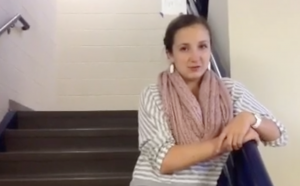




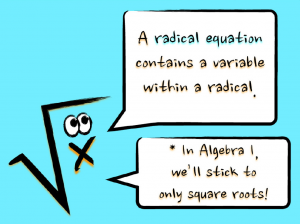
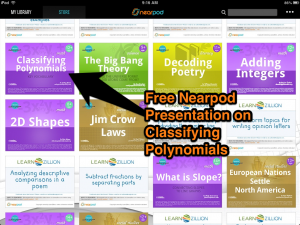 Nearpod, once again, you ROCK!
Nearpod, once again, you ROCK!

